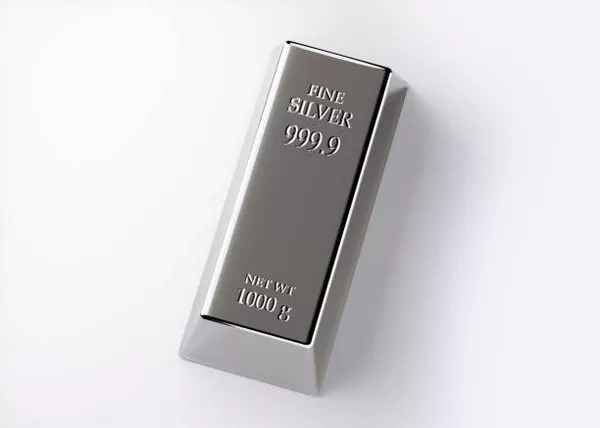Investing in precious metals, particularly silver, has long been considered a prudent strategy for diversifying one’s portfolio and safeguarding against economic uncertainties. While many investors are eager to add silver to their holdings, the process of buying silver at spot price can be somewhat elusive. In this comprehensive guide, we will explore the intricacies of purchasing silver at spot price, demystifying the process for both novice and seasoned investors.
Understanding Spot Price
Spot price refers to the current market value of one troy ounce of silver, determined by supply and demand dynamics in the commodities market. It serves as the baseline for buying and selling silver in its raw form. While spot price is an essential reference point, it is crucial to note that additional costs such as dealer premiums, taxes, and shipping fees may apply, impacting the final purchase price.
Research and Knowledge
Before diving into the market, it’s imperative to conduct thorough research to make informed decisions. Stay updated on global economic trends, geopolitical events, and factors affecting the silver market. Utilize reputable financial news sources, industry reports, and market analyses to gain insights into the forces influencing silver prices. Armed with this knowledge, investors can better navigate the market and identify opportune moments to buy silver at spot price.
Identifying Reputable Dealers
Choosing a reputable dealer is a critical step in acquiring silver at spot price. Opt for established dealers with a track record of transparency, fair pricing, and excellent customer service. Look for online reviews, testimonials, and industry certifications to gauge the credibility of a dealer. Reputable dealers often provide detailed information about their pricing structure, ensuring transparency in the buying process.
Timing Your Purchase
Timing is everything in the world of commodities, and silver is no exception. While it’s challenging to predict market fluctuations accurately, investors can adopt a strategic approach by monitoring historical price trends and market indicators. Consider making purchases during periods of market volatility or when silver prices experience temporary dips. Additionally, staying informed about events that may impact silver prices, such as economic data releases or geopolitical developments, can help investors make well-timed decisions.
Understanding Premiums and Fees
While spot price serves as the benchmark, the actual cost of acquiring physical silver includes additional premiums and fees. Dealers often charge a premium above spot price to cover their operational costs and profit margins. Investors should be aware of these premiums and factor them into their budget. Additionally, consider any taxes or shipping fees associated with the purchase, as these can vary depending on the dealer and the buyer’s location.
Exploring Different Forms of Silver
Silver is available in various forms, including coins, bars, and rounds. Each form may have different premiums, liquidity, and aesthetic appeal. Investors should carefully evaluate these factors and choose the form that aligns with their investment goals and preferences. For those seeking flexibility and ease of resale, widely recognized silver coins like the American Silver Eagle or the Canadian Silver Maple Leaf may be preferable. Meanwhile, silver bars are often favored by those looking to maximize their silver holdings at a lower premium.
Utilizing Online Platforms
The advent of online platforms has transformed the way investors buy and sell precious metals. Online dealers offer a convenient and transparent way to purchase silver at spot price. These platforms often provide real-time pricing, a wide range of products, and secure payment options. However, it is crucial to exercise caution and only transact with reputable online dealers. Look for secure payment methods, encryption protocols, and positive customer reviews to ensure a safe and reliable buying experience.
Storing Your Investment
After successfully purchasing silver at or near spot price, investors must consider the secure storage of their precious metals. Options include home storage, safety deposit boxes, or third-party storage facilities. Each option comes with its advantages and considerations, such as security, insurance, and accessibility. Evaluate these factors based on individual preferences and risk tolerance to determine the most suitable storage solution.
Conclusion
Investing in silver at spot price requires a combination of knowledge, research, and strategic decision-making. By understanding spot price dynamics, researching market trends, selecting reputable dealers, and considering additional costs, investors can navigate the silver market with confidence. Whether you are a seasoned investor or a newcomer to precious metals, this guide serves as a roadmap to unlocking the secrets of buying silver at spot price and building a robust and diversified investment portfolio.


